Tulum – México – Turquoise colored Sea and Temple Ruins
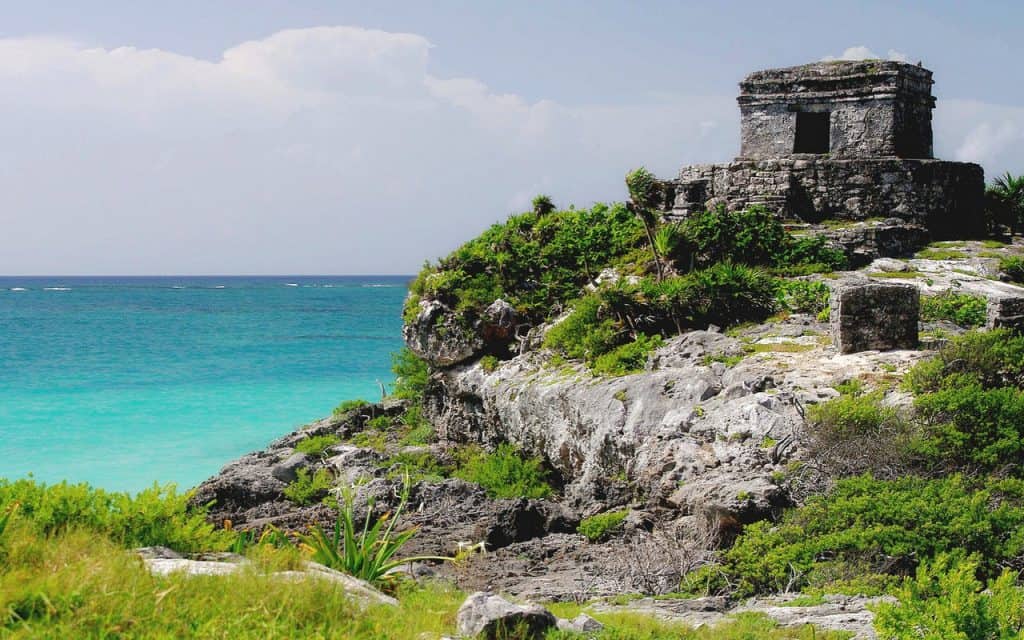
A village that became a boom-town
When I first wrote about Tulum a decade ago it felt like a sleepy outpost. Today the urban locality counts over 26,000 inhabitants and the wider municipality more than 46,000, making it one of Mexico’s fastest-growing areas driven almost entirely by tourism worldpopulationreview.com – Wikipedia.
The original pueblo still sits about 2 km inland, but new residential quarters, beach clubs and eco-boutiques now stretch for kilometres along the coast.
Getting here is suddenly easy
The two-hour road transfer from Cancún is no longer obligatory. Felipe Carrillo Puerto International Airport (IATA TQO) opened on 1 December 2023, handling 1.2 million passengers in its first full year and offering nonstop flights from the U.S., Canada, Central America and several Mexican hubs Wikipedia.
If you prefer rail, the long-awaited Tren Maya reached Tulum in September 2024; the sleek DMUs link the town, the airport and 30-plus stations around the Yucatán Peninsula, including Chichén Itzá and Mérida Wikipedia. A shuttle bus (55 MXN) connects the Tren Maya station with the ruins and downtown Everything Playa Del Carmen.
Turquoise water…and sargassum reality check
Just offshore lies the Mesoamerican Barrier Reef, second only to Australia’s Great Barrier. Unfortunately, the Caribbean is also ground zero for the record 2025 sargassum bloom; more than 44,000 t of seaweed have already been removed from Quintana Roo beaches this season, and July is usually the peak riviera-maya-news.com – Mexico News Daily.
Check beach cams or the citizen-science “Sargassum Monitoring” map before planning your beach day sargassummonitoring.com.
Snorkelling tours are still operating on calm days, but widespread coral bleaching after the 2023-25 global heatwave reminds us how fragile the reef has become Mongabay.
Jaguar Park – a new gateway to the ruins
North of town the famous cliff-top ruins have gained a 2,913-ha buffer zone now branded Parque Jaguar, inaugurated in September 2024. Visitors enter through the park’s forested trails or by electric shuttle, pass the new Museo Regional de la Costa Oriental (MURECO) and reach the walled Maya city with minimal car traffic Yucatán Magazine – tulumlandandproperty.com.
With more than 3,000 daily visitors, Tulum has become Mexico’s third most-visited archaeological site, so the improvements were urgently needed tulumlandandproperty.com.
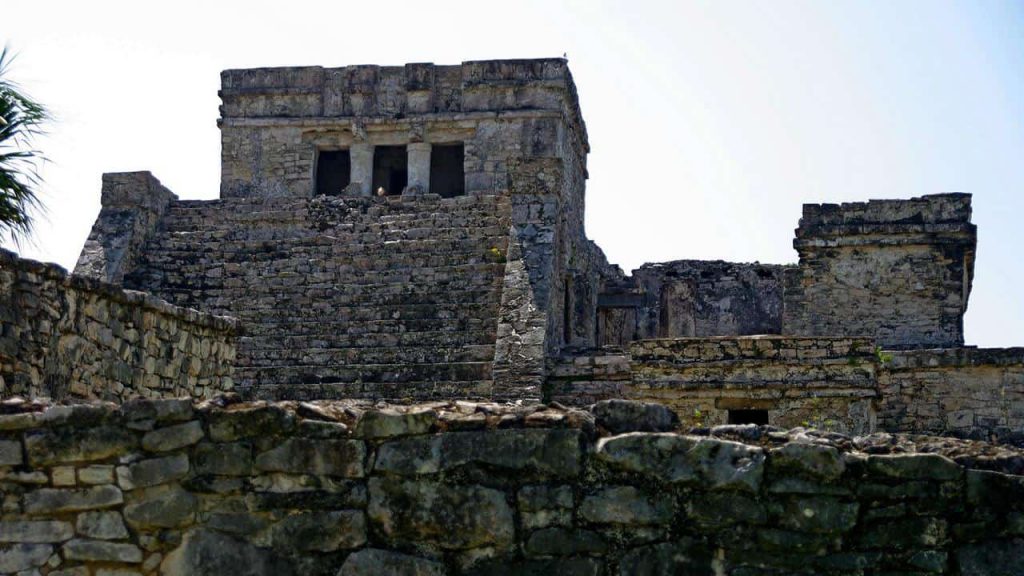
Highlights of the ancient city
- El Castillo – lighthouse-temple perched 12 m above the sea.
- Temple of the Frescoes – fine late Post-Classic murals.
- Temple of the Descending God – possibly the “great tower” praised by the Spanish monk Juan Díaz in 1518.
Trade goods such as jade and obsidian found here prove that Tulum was a key Caribbean port between 1200 and 1500 CE.
Deep-Dive: Ancient Tulum in Context
From Early Dawn to Last Light
- Origins. A carved stela mentioning the Long Count date 9.6.10.0.0 (A.D. 564) was reused in one of the temples, proof that people were active here centuries before the main city was laid out around A.D. 1200 Wikipedia – Arkeonews.
- A Port of Coba. Most scholars see Tulum (then called Zamá, “City of the Dawn”) as the fortified seaside outlet of the powerful inland capital Cobá, only 44 km away. Décor and ceramics link the two sites, and a sacbé (raised white road) once connected them.
- Late-Postclassic Boom. Between A.D. 1200 and 1520 Tulum blossomed into a choke-point on coastal shipping routes that ferried jade, obsidian from Ixtepeque, cacao, salt, honey and copper bells up and down the Caribbean rim tulumtimes.com – The Botanical Journey – Cambridge University Press & Assessment.
- Spanish Eyewitness. Juan Díaz, chaplain on the 1518 Grijalva expedition, compared its skyline to Seville’s—one of the few Maya cities to awe the conquistadors on first sight Wikipedia.
- Final Years. Domestic rubbish layers and late-dated ceramics show people still living inside the walls until at least the 1580s, decades after most northern sites were abandoned.
The Wall & Urban Plan
- Defence first. Three landward sides are wrapped by a limestone rampart 3–5 m high and up to 8 m thick, 400 m long, pierced by five slender gateways and anchored by two corner watch-towers lacgeo.com – thevintagenews.
- Sea-cliff moat. The fourth side is a sheer 12 m cliff; a pocket-beach below served as the cargo dock.
- Cenote lifeline. A natural sinkhole tucked against the north wall supplied fresh water.
Signature Buildings (clockwise from the main gate)
| Structure | Quick ID | Why it matters | Wow-detail |
|---|---|---|---|
| Temple of the Wind God (Str. 45) | Tiny round-based shrine on a point | Elliptical platform reduces wind load; some think it doubled as a hurricane-warning shrine mayanpeninsula.com – Flickr | At sunrise the temple is silhouetted against the reef-break: perfect photo stop |
| House of the Cenote | 3-room house atop a watery cave | Elite residence & family tomb; skeletons and grave pots found inside Mexico News Daily | Look for the circular ceiling vent that once lowered offerings into the cenote |
| Temple of the Frescoes (Bldg 16) | Two-storey masonry block | Best-preserved Late-Postclassic murals: blue-green underworld monsters on the lower band, red celestial gods above—mapping the Maya three-tier cosmos tulumtimes.com – travelthruhistory.com | 2023 conservation removed salt crusts and revealed rare traces of Maya blue pigment Arkeonews |
| Temple of the Descending God (Bldg 5) | Small temple on older base | Hosts the iconic upside-down deity—possibly Ah Muu Zen Caab (bee god) or the evening star aspect of Venus tulumtimes.com – historicalmx.org – Arkeonews | All seven sculpted “divers” across the site were cleaned and re-stabilised in 2023 Arkeonews |
| El Castillo (Bldg 1) | Pyramid-temple on cliff lip | Beacon-tower: colonial pilots recorded twin fires in the summit windows that guided canoes through the reef gap tulumtimes.com – famous-historic-buildings.org.uk | Central niche still holds a Descending God; look for original red stucco under the eaves |
| House of Halach Uinic (Bldg 25) | L-shaped palace | Administrative hub; restored stucco panels show seated lords receiving tribute Arkeonews | Floor plaster bears Postclassic painted footprints—maybe a ritual procession map |
| House of Columns | Porticoed civic hall | Timber-beam sockets in the floor hint at a wooden super-structure long vanished | Climb the rear mound (closed off) to glimpse its collapsed vault |

New Finds under the Jungle & Sea
- Chultún in a Cave (2024). INAH archaeologists found an 8-ft-wide bottle-shaped storage pit below the main plaza cave, layered with coral sand, charcoal and human remains—evidence of a food silo later repurposed for ritual burials Archaeology Magazine.
- Seven Descending Gods Restored (2023). Full lab work—including 3-D photogrammetry—completed on all stucco “divers,” plus fresh pigment consolidation inside the Temple of the Frescoes Arkeonews.
- Panel of 123 Glyphs. While technically from nearby Cobá, the monumental slab will anchor the new Museo Regional de la Costa Oriental (opened Sept 2024) just outside Tulum’s gate; it names an unknown 6th-century ruler and the founding of Keh Witz Nal (A.D. 569)—a tantalising tie-in to the early stela at Tulum itself Archaeology Magazine.
Beyond the walls
- Sian Ka’an Biosphere Reserve starts just south of the hotel zone. Community-run boat tours offer the chance (with luck!) to spot manatees, crocs and even jaguars.
- Coba is still an easy day-trip, but note that climbing Nohoch Mul pyramid remains prohibited in 2025 for conservation reasons Uprooted Traveler.
- Ek Balam & Valladolid are now only two hours away thanks to the resurfaced highway.
Cenotes – refreshed info & prices
Dozens of limestone sinkholes ring Tulum:
| Cenote | 2025 fee (adult) | Notes |
|---|---|---|
| Gran Cenote | 500 MXN / ≈ US$30 | Mask included, snorkel extra We Seek Travel |
| Calavera | 250 MXN | “Skull” cenote with swing-rope Jonny Melon |
| Dos Ojos | 400 MXN (snorkel), 800 MXN (guided “Bat Cave”) Voyage Mexique | |
| Aldea Zama | Free | Only public-access cenote in town Your Friend the Nomad |
Check recent water-quality reports; a few cenotes near town have battled E. coli contamination Your Friend the Nomad.
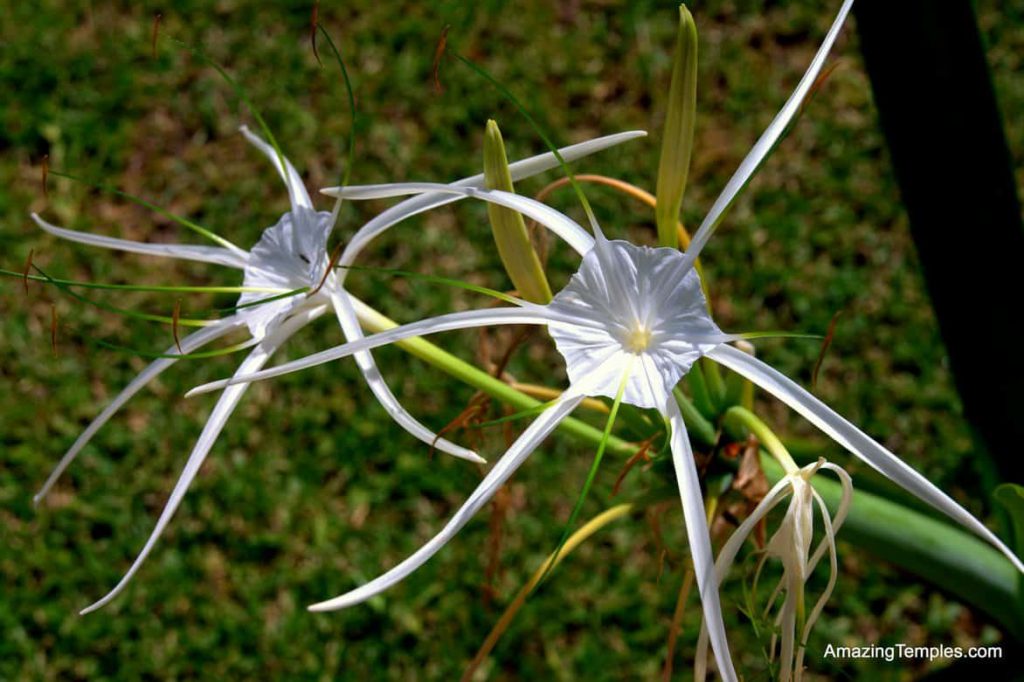
Practical tips for 2025
- Entry fees to the ruins now total 515 MXN (INAH + state conservation + Jaguar Park) – buy tickets online to avoid queues Vacation in Tulum.
- No drones without an INAH permit; fines are steep tulumtimes.com.
- Crowds: arrive at park opening (08:00) on weekdays; cruise-ship and Cancún buses swarm in after 10:00.
- Hurricane season runs June 1 – Nov 30. NOAA forecasts an above-normal 2025 season with 13–19 named storms; buy travel insurance and monitor advisories NOAA.
- Sargassum: winter and early spring (Dec–Mar) remain the most consistently clear-water months.
- Sustainability: many beach hotels now run on solar power, harvest rainwater and ban single-use plastic – look for verified eco-certifications when booking tulumtimes.com.
Final thought
Tulum still delivers that postcard-perfect blend of jade-green jungle, turquoise sea and ancient stone—but in 2025 it also faces the realities of mass tourism and climate change. Travel early, tread lightly and you’ll help ensure that both the reef and the ruins are still here for the next generation of explorers.
FAQ
Where is Tulum located?
Tulum sits on Mexico’s Caribbean coast, 130 km (≈ 2 h by road) south of Cancún, in the state of Quintana Roo on the Yucatán Peninsula.
What ruins should I see in Tulum?
Don’t miss El Castillo (the cliff-top lighthouse-temple), the Temple of the Frescoes with colourful Late-Postclassic murals, the Temple of the Descending God, and the round Temple of the Wind God.
How much is the entrance fee to the Tulum ruins in 2025?
A combined ticket for INAH + state conservation + Parque Jaguar costs 515 MXN per adult (about US $30) when bought online.
What is the best time to visit the ruins to avoid crowds?
Arrive on a weekday right at opening (08:00). Cruise-ship and Cancún tour buses roll in after 10:00, and weekends add local visitors.
Does Tulum have its own airport?
Yes. Felipe Carrillo Puerto International Airport (IATA TQO) opened in December 2023 with direct flights from the USA, Canada, Central America and other Mexican cities.
What is Parque Jaguar and why is it important?
Parque Jaguar is a 2,913-hectare protected buffer zone opened in 2024. It houses a new visitor centre and eco-trails, limits car traffic and safeguards the archaeological site’s jungle habitat.
Are the cenotes around Tulum safe for swimming?
Most cenotes are crystal-clear and monitored, but always check recent water-quality reports. Popular spots include Gran Cenote, Dos Ojos and Cenote Calavera.
When is hurricane season in Tulum?
Atlantic hurricane season runs from 1 June to 30 November, peaking in September and October. Buy travel insurance and monitor local advisories if visiting in that period.

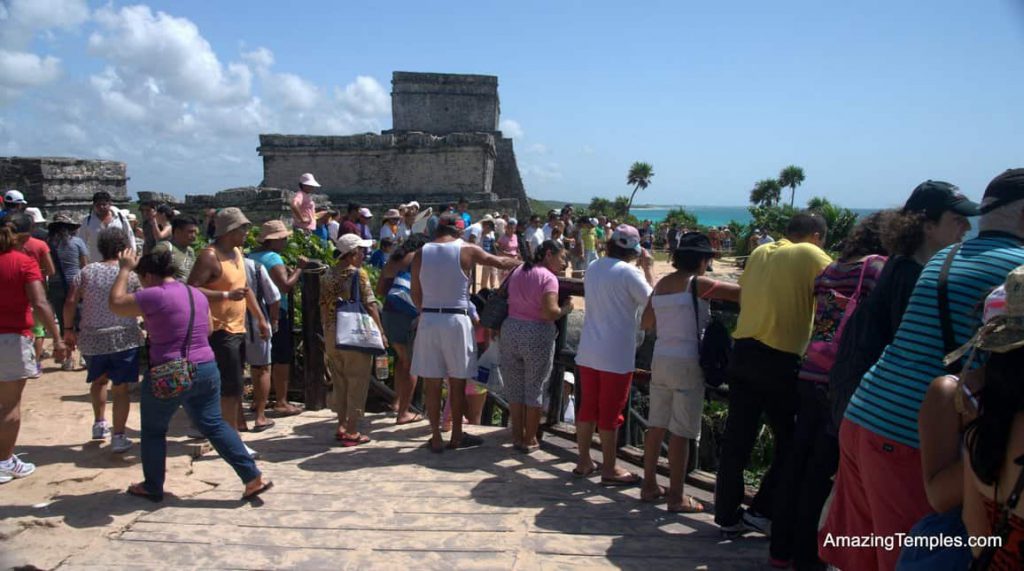
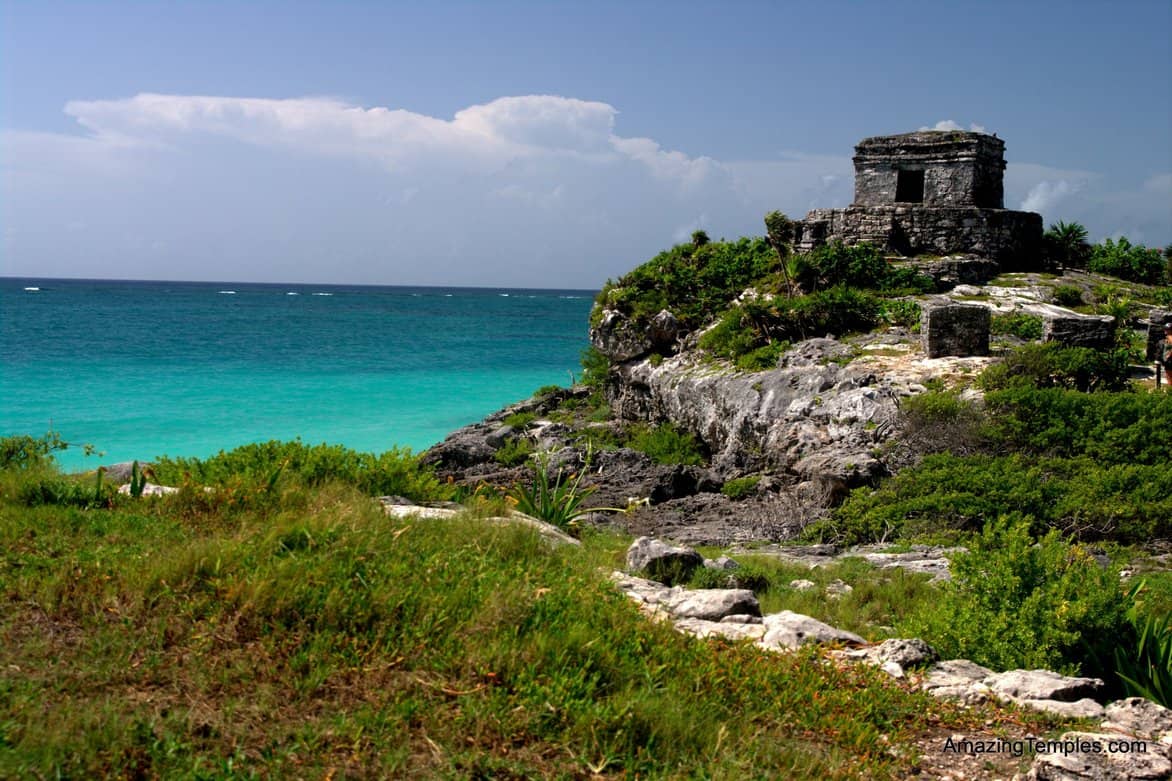
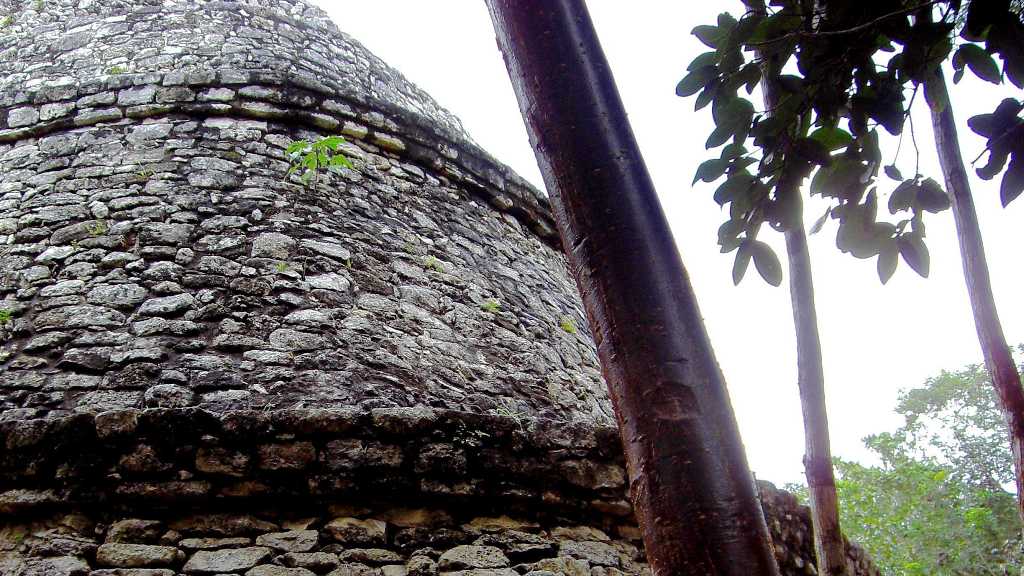


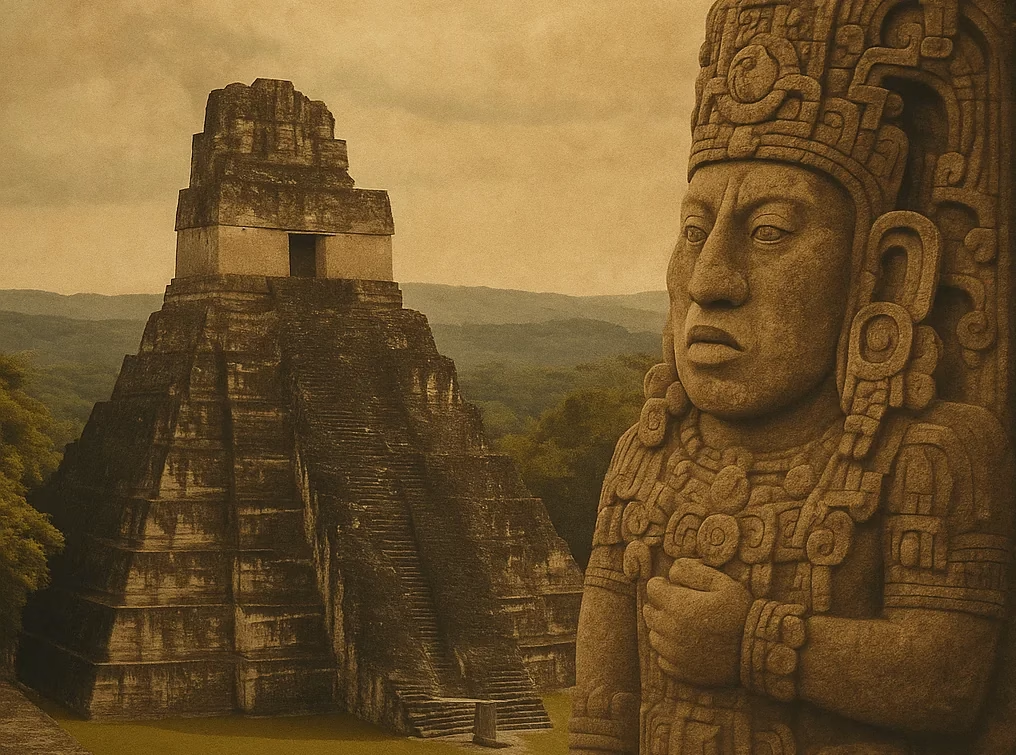



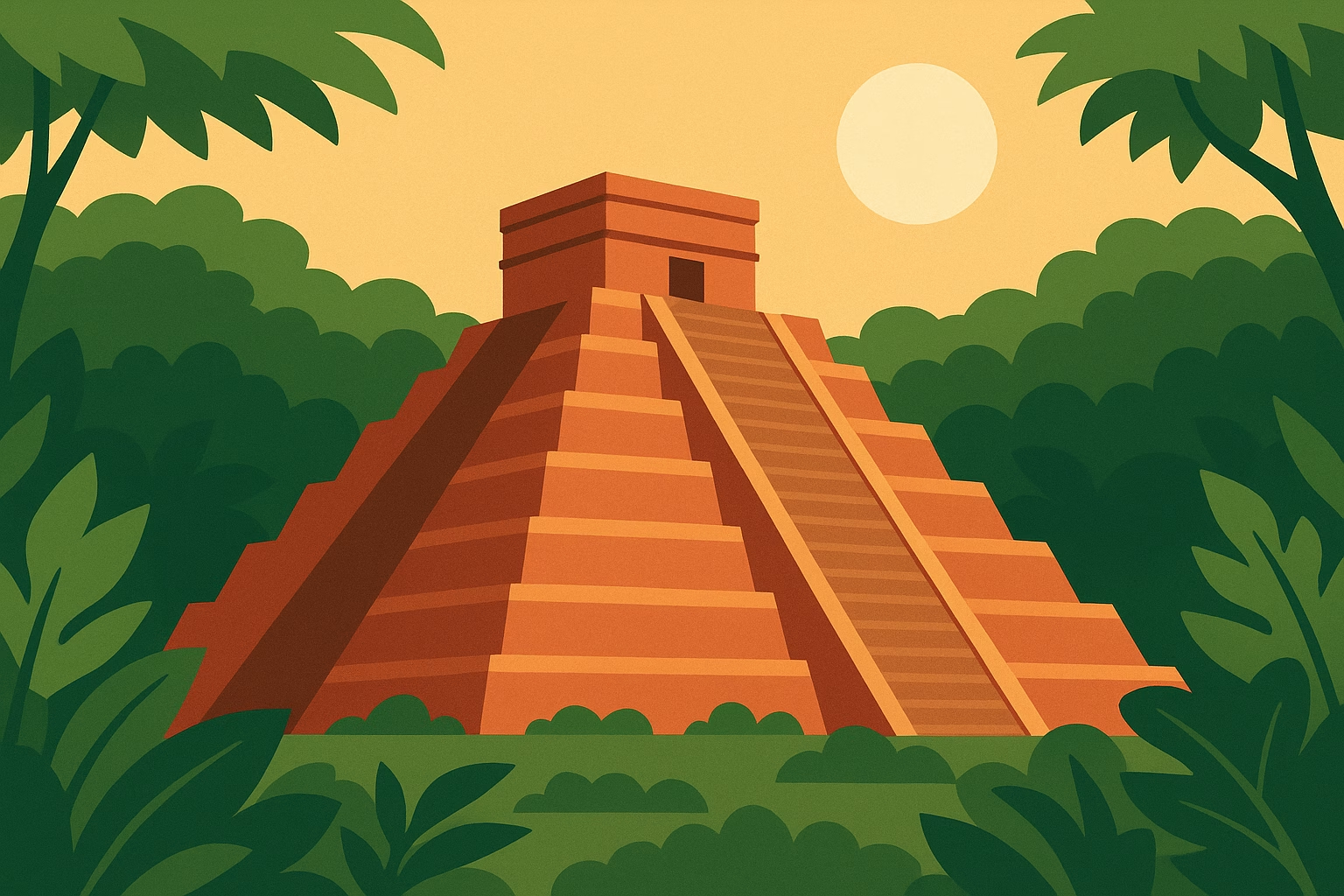

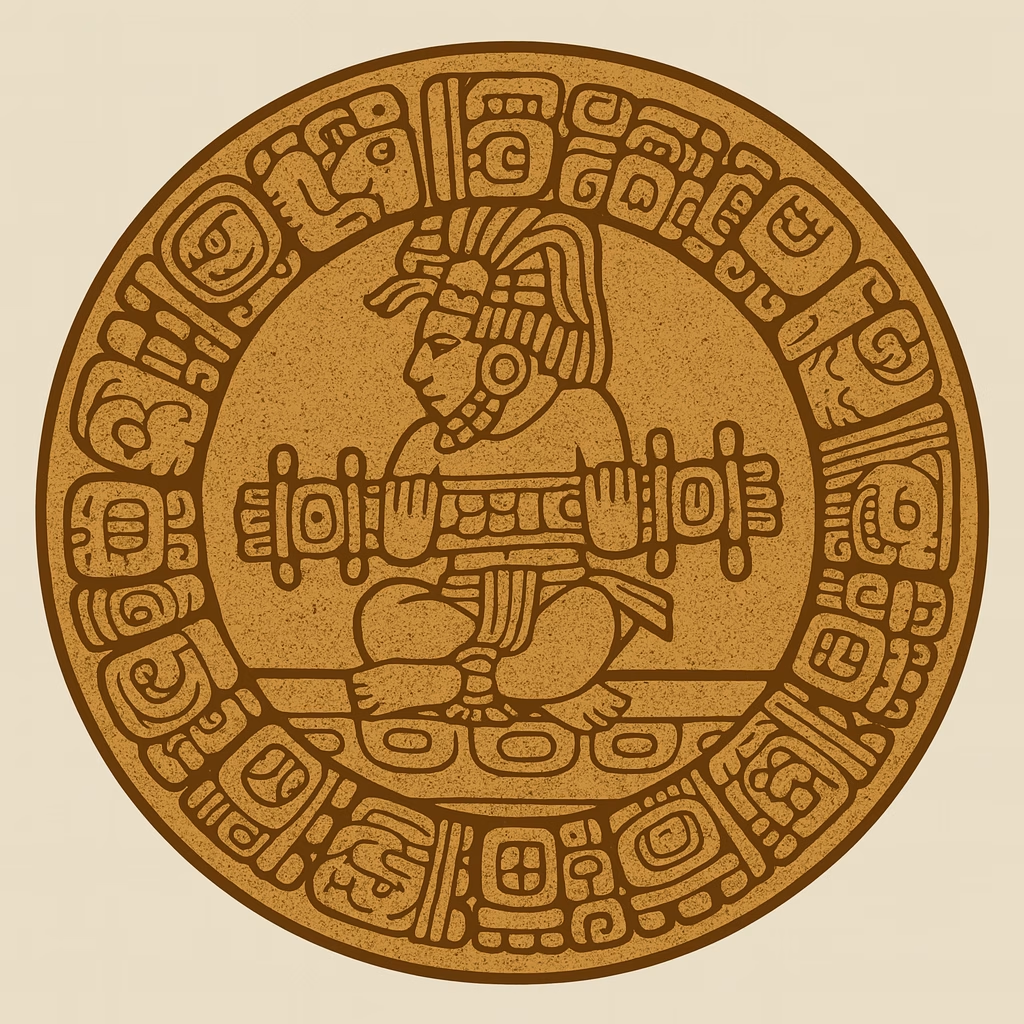


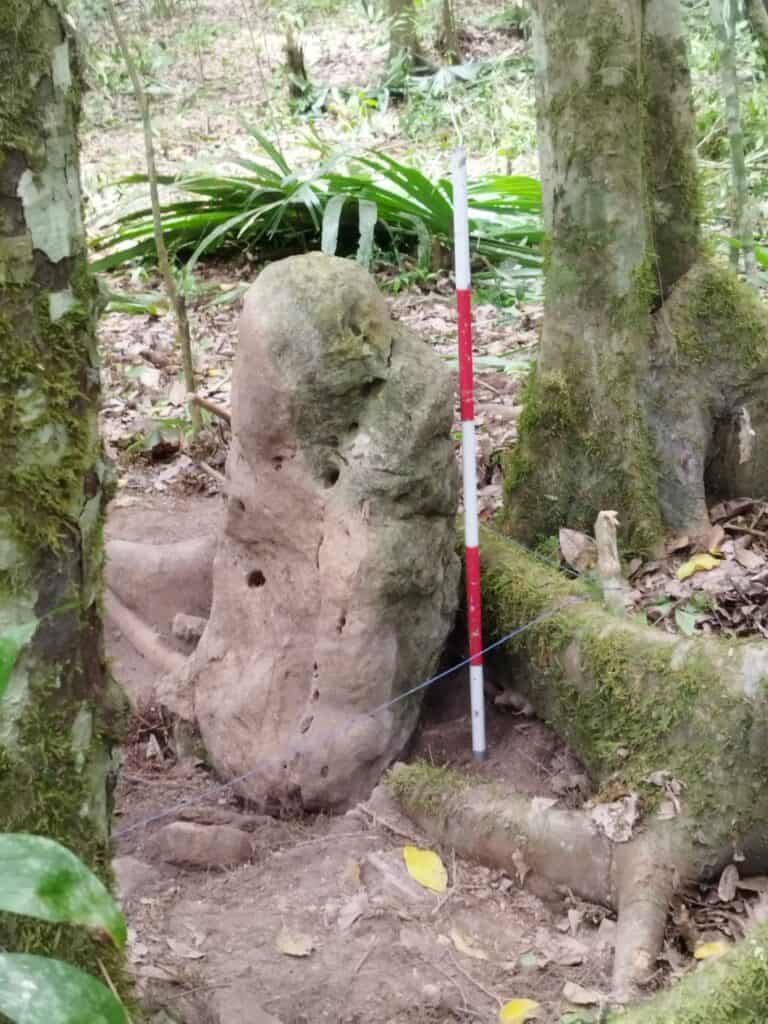

Hi, thanks for sharing this article on the BytefulTravel Blog Carnival. I look forward to hearing from you.
Jim
Hi Jim, I have to thank you for the efforts you take to do the new blog carnival and to choose my article for this ! :-)
Christian
I lost a game of rock, paper, scissors which determined our cycle route south along the pacific coast of México. Our next trip will definitely involve the Yucatán :)
Hi and thanks for sharing information about such a beautiful creativity of the nature.
Kuldeep ! Thank you for your nice comment!
We visited the archeological site of Tulum right after some heavy raining during the day (we rented some bikes to get there) – luckily the sky cleared up and there weren’t many visitors around. I’d also recomment having a walk in the city of Tulum itself, you can spot lots of great graffiti and murals in the streets.
Back in the early 1980s I talked a friend into going to Cancun, Isla mujeres, and once we spent a couple of days on the island, and by the way that was amazing. I met two Canadians that on the southend called (sp) the Garphoon or , well i cant remember. These two guys had bribed the lighthouse guy with Conch to let them spear lobsters. I just happen to run into them just before they started. They needed a third hand on the rock to collect the lobsters so both of them could fish. I had a small one man hammock that worked perfectly for putting the lobsters in as they threw then on the rocks.The largest one lobster they speared was huge.Holding his feelers by its mouth waist high the tail was toughing the ground, I kid you not.They gave me twelve for my help. On the way back to town I ran into a local family that really wanted that big lobster. I knew it was better to eat the younger ones and was happy to let them have it. They were so happy they could not believe how big it was..So, I get back to town on the north side of thr island around sunset and im badly sunburnt wearying only white cotton mexican draw string pantalonas, no underwear, red as the lobsters, and walking thru town with 11 fresh lobsters. Ya nobody noticed a thing. So i find my friend and we give a restaurant owner a few lobsters to cook up ours. Needless to say they are to date the best I have ever had. The next day I talk my friend into going to tulum. So we catch a bus that drops us off at midnight, in the middle of, we dont know where we are. There is no street lights, no buildings, nothing. It took a while for our eyes to adjust then we can see the out line of a road and trees on each side , so we head off down the road in the pitch black not knowing how far we need to go or really where we are going? After about 45 mins we notice the sound of the ocean, then we see outlines of what looks like a modern day observatory. We lay out our sleepying bags on the beach by the observatory and crash. Early the next morning we are rudely awakened by a federally and told we are not supposed to be here move on. So we head toward these grass huts down the road and talk to a fisherman that has a little hut that he sells fresh fish cooked daily. He a good guy and we arrange to have dinner that night with him at his place. So now we get to the good part. There is this lagoon that has fresh water mixed with salt water. When your swimming thru each layer of water it is truly special. Some fish live in the salt , some fish live in the fresh water, and a rare few can handle both. On the far side of the lagoon there is a ceremonial cave thats hard to find. There is a small v shape above the water, you swimm in under the rocks and it opens up to amazing cave. There is an alter I was told they did both weddings and sacrifices in the cave . The whole place was really incredible, i love it .Go and enjoy Tulum
Jerry! Again a great story! It’s a delight to read about your experiences. The 80’s were a time before the masses of tourists arrived. I studied at this time. I wished I would have been able to travel more.